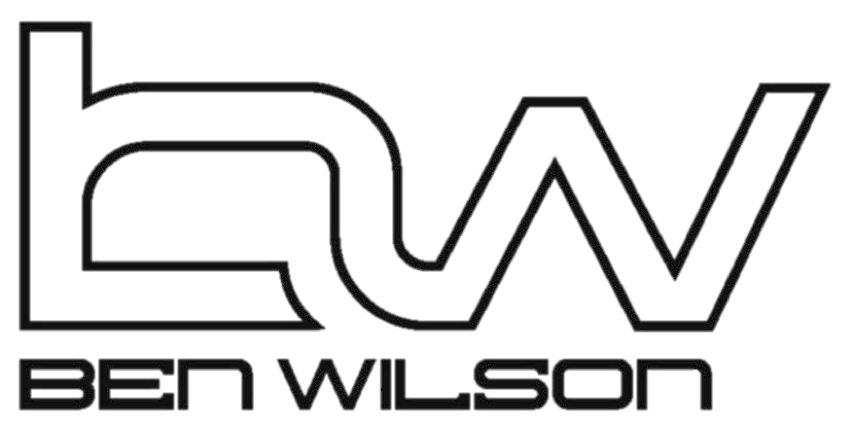BACKHAND BOTTOM TURN
PERFECT YOUR BOTTOM TURN TO SET UP THE PERFECT WAVE
The bottom turn is the foundation that provides power for your next turn, setting up the rest of your wave. Without a good bottom turn, you won’t have the speed and flow in place for whatever you want to do next. If you’re trying to make a steep, vertical turn and rail change you need the speed to do so; the bottom turn is the deciding factor.
The general rule is, the further in front of the wave you travel and the more drawn out the turn, the further you can travel back up the face of the wave which generally allows you to get more vertical. That's ideal for setting up something like a re-entry for example. Obviously if you get too far in front of the wave you'll lose speed and flow - finding a happy medium is something that takes a bit of practise.
The shorter the turn the more likely you are to go out on the open face of the wave. For example, if you're trying to set up a cutback you you would turn earlier on the face of the wave to project out onto the face of the wave to do a cutback and get back to the wave's power zone.
A low centre of gravity is especially important on your heelside so you can lay right over your rail and motor through the turn. If you stand too upright you’ll lose balance and drive throughout the turn so a low chair stance is what you’re aiming for. Use the tail of your board (foot right at the back) to drive off the bottom and generate speed.
Regarding kite position, the kite is generally low and will slightly go up before you go up and come back down before you go down, your kite always needs to be one step ahead of you moving down the line or even providing speed and power through the turn.
1. Make sure you have plenty of speed – you can always wash some off
2. Low centre of gravity and chair stance
3. The more you draw out the bottom turn the more vertical you get.
Remember your back foot position is also critical, the further you have your back foot towards the tail of the board the more vertical you can go.

